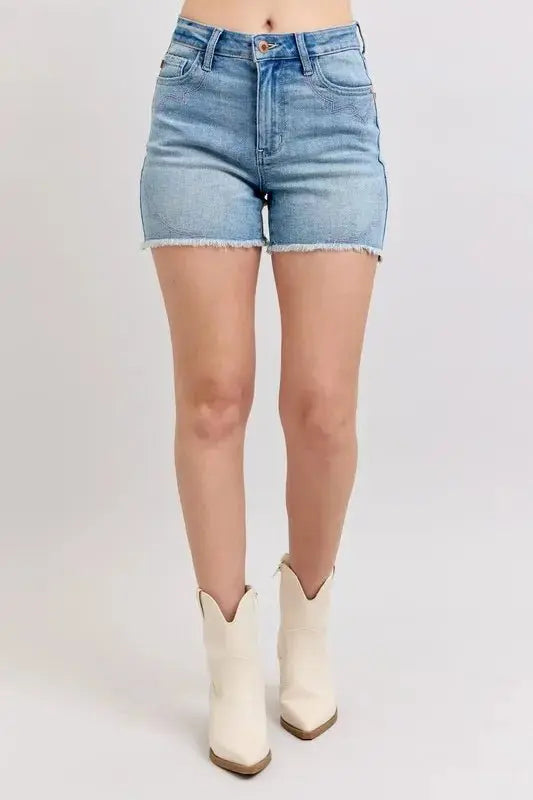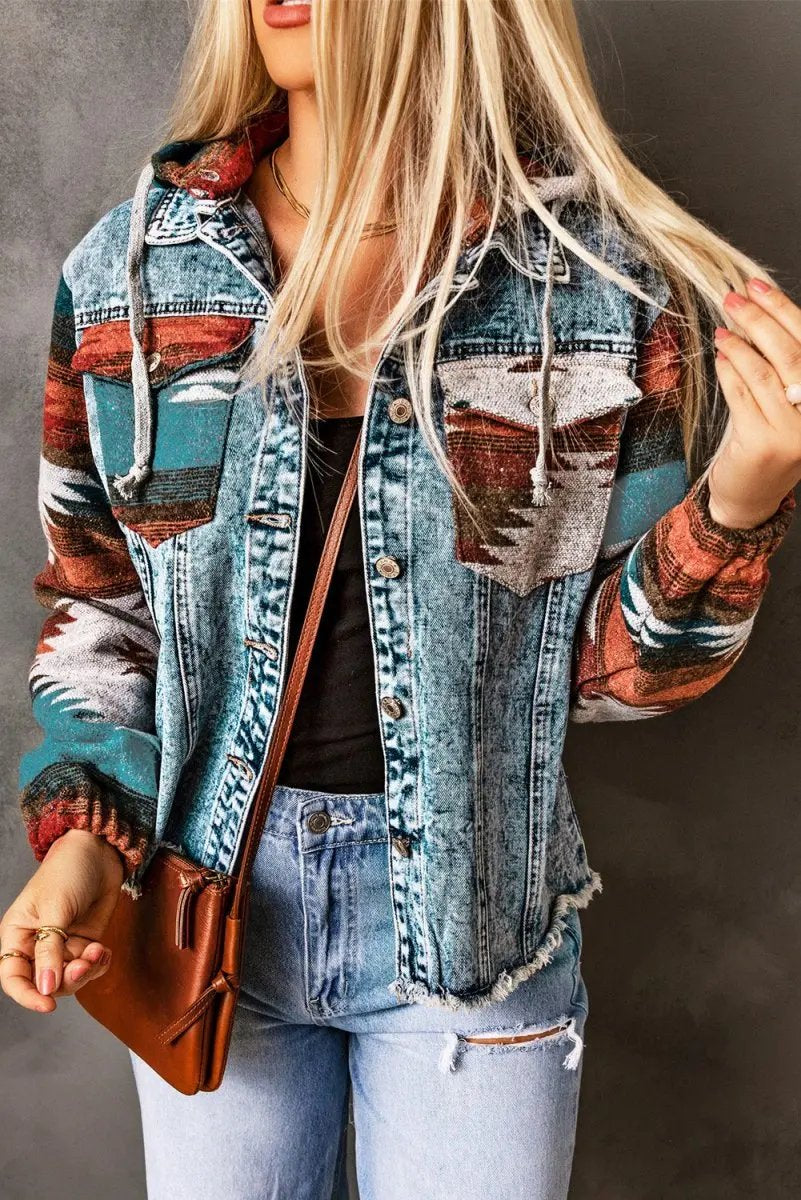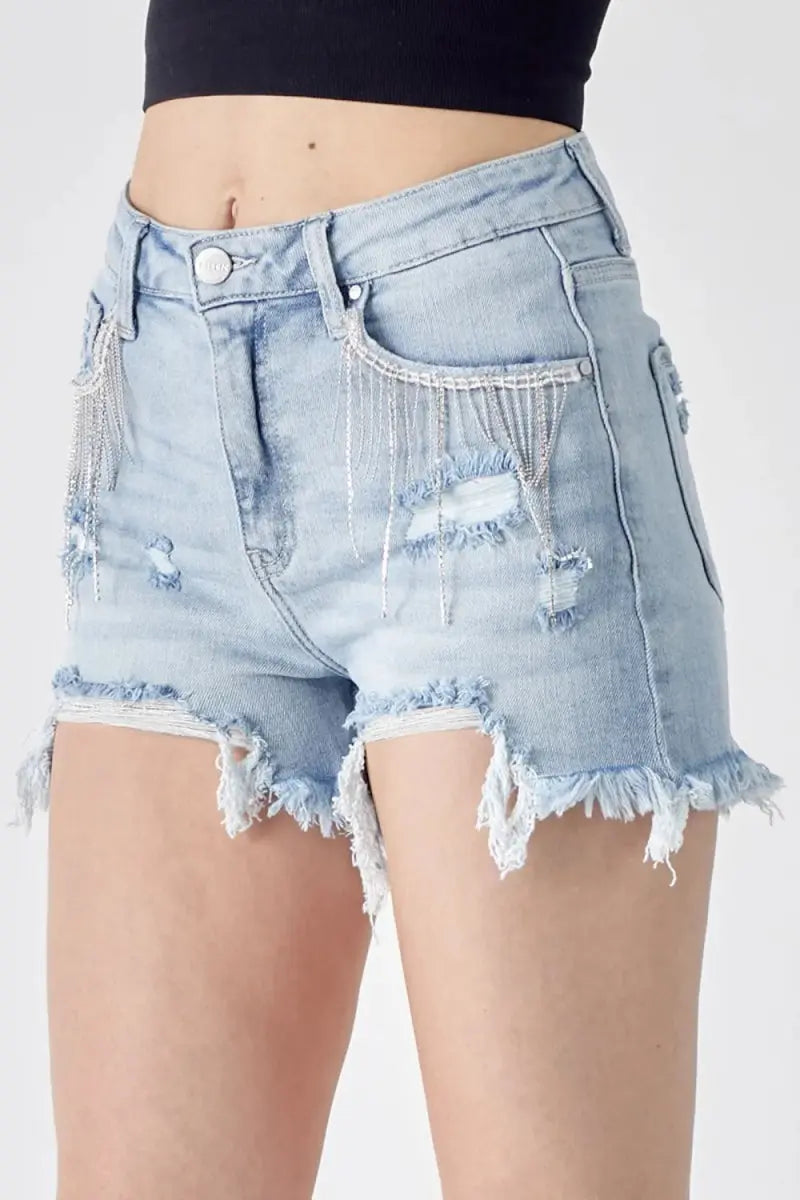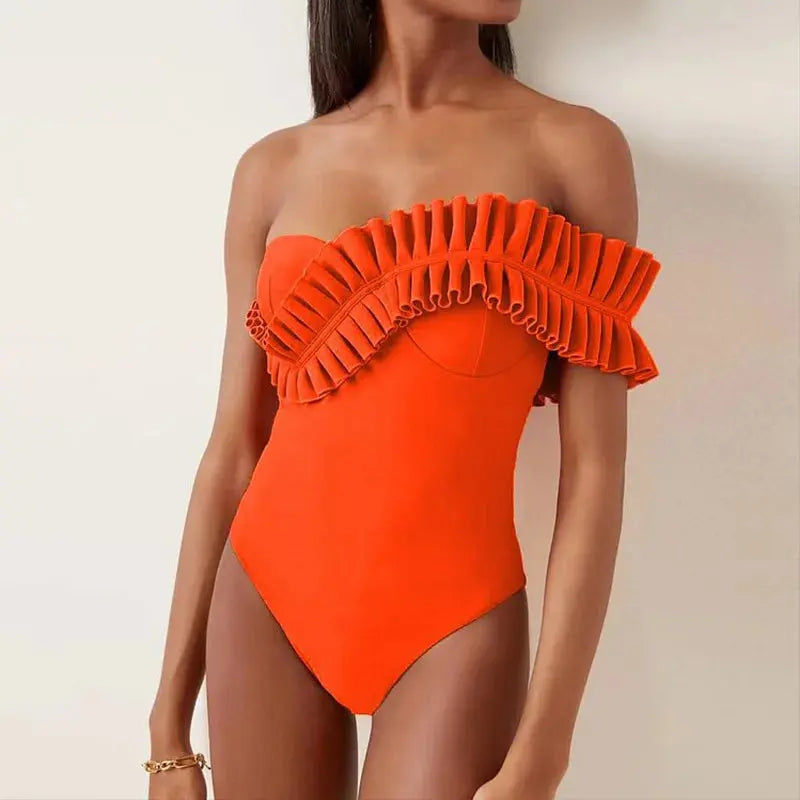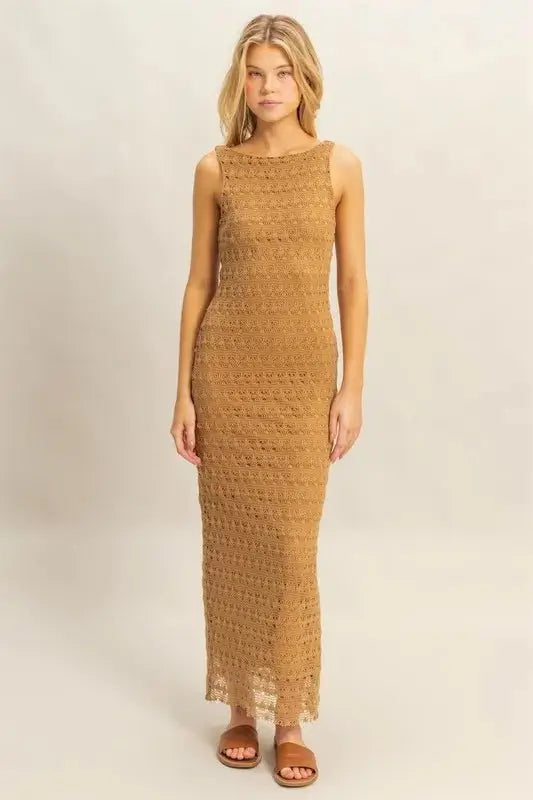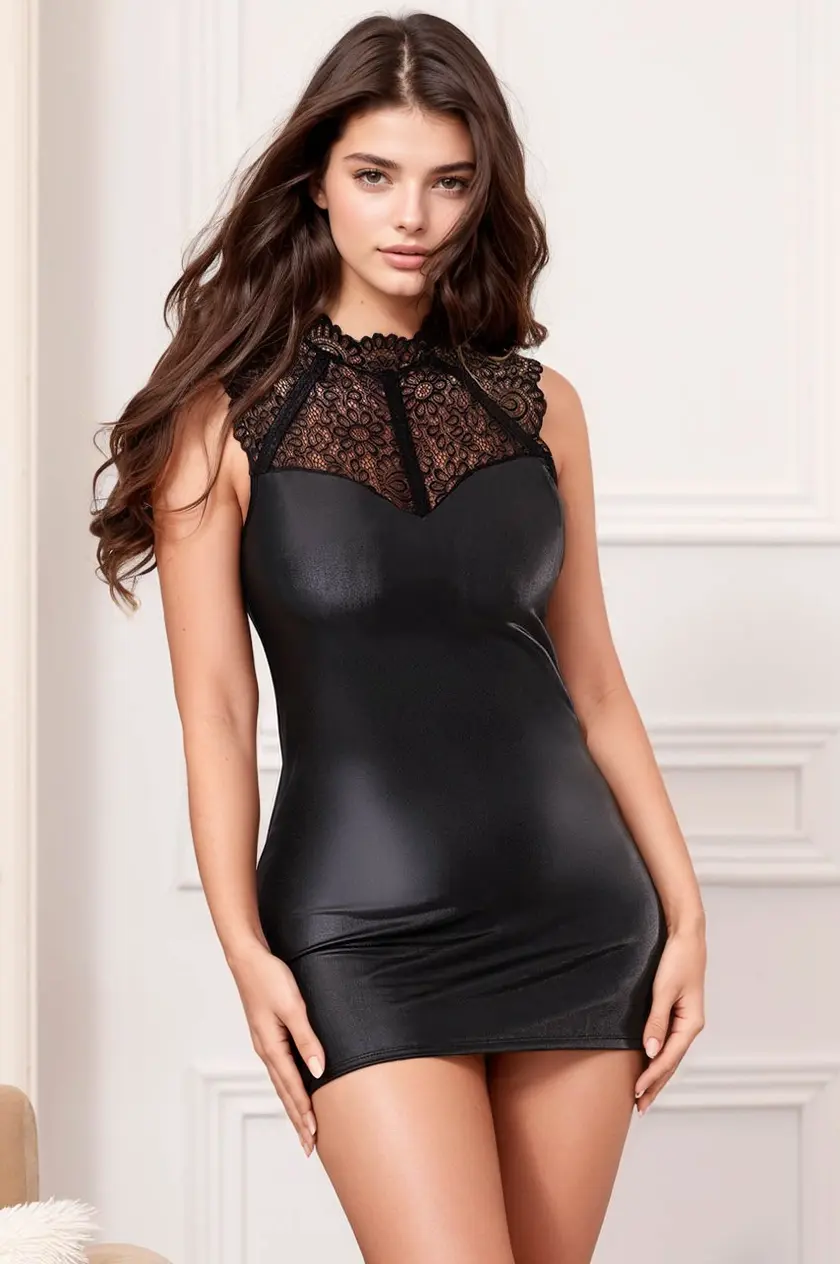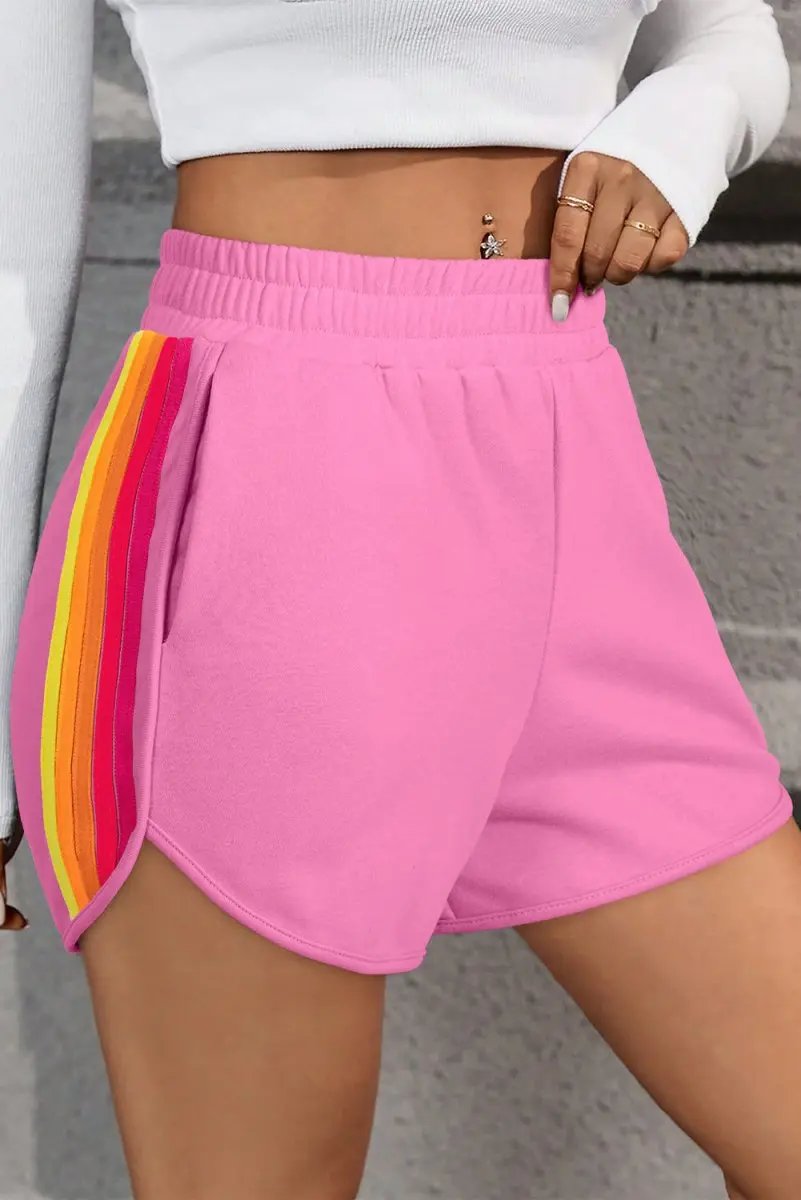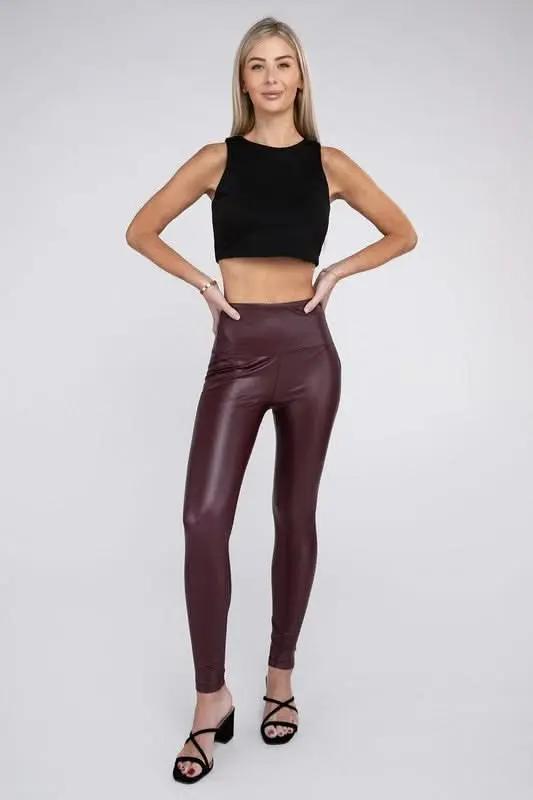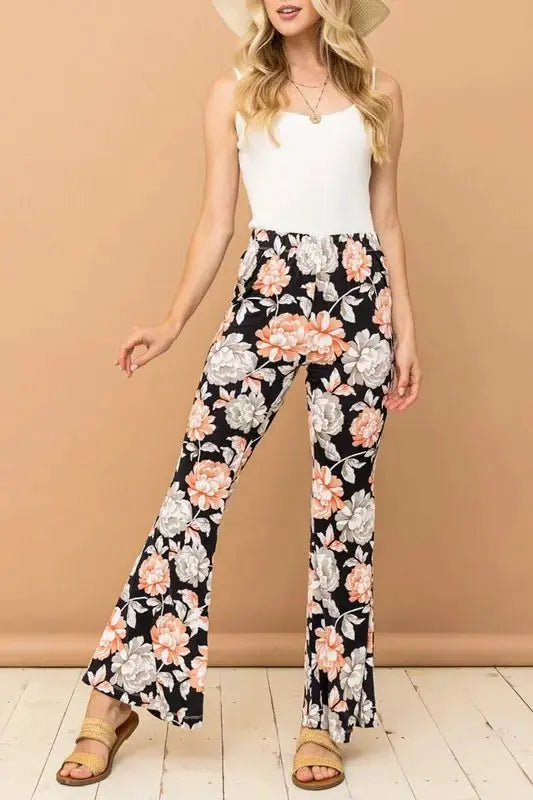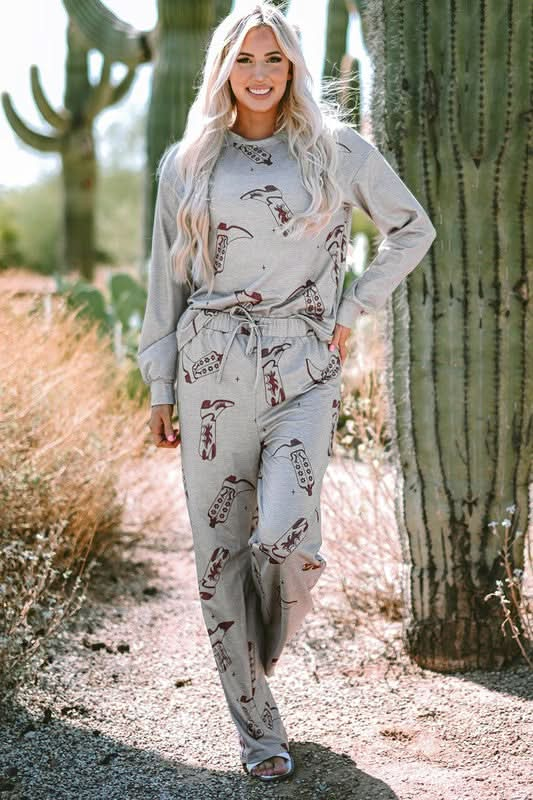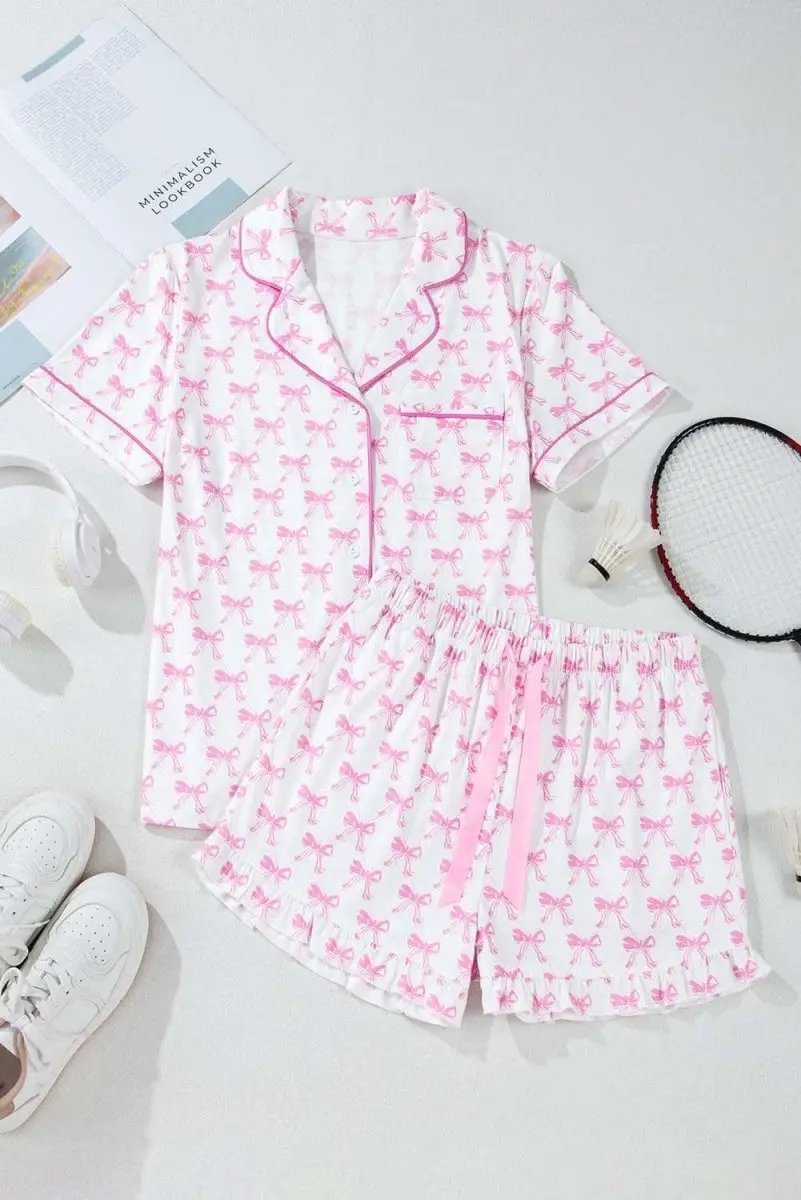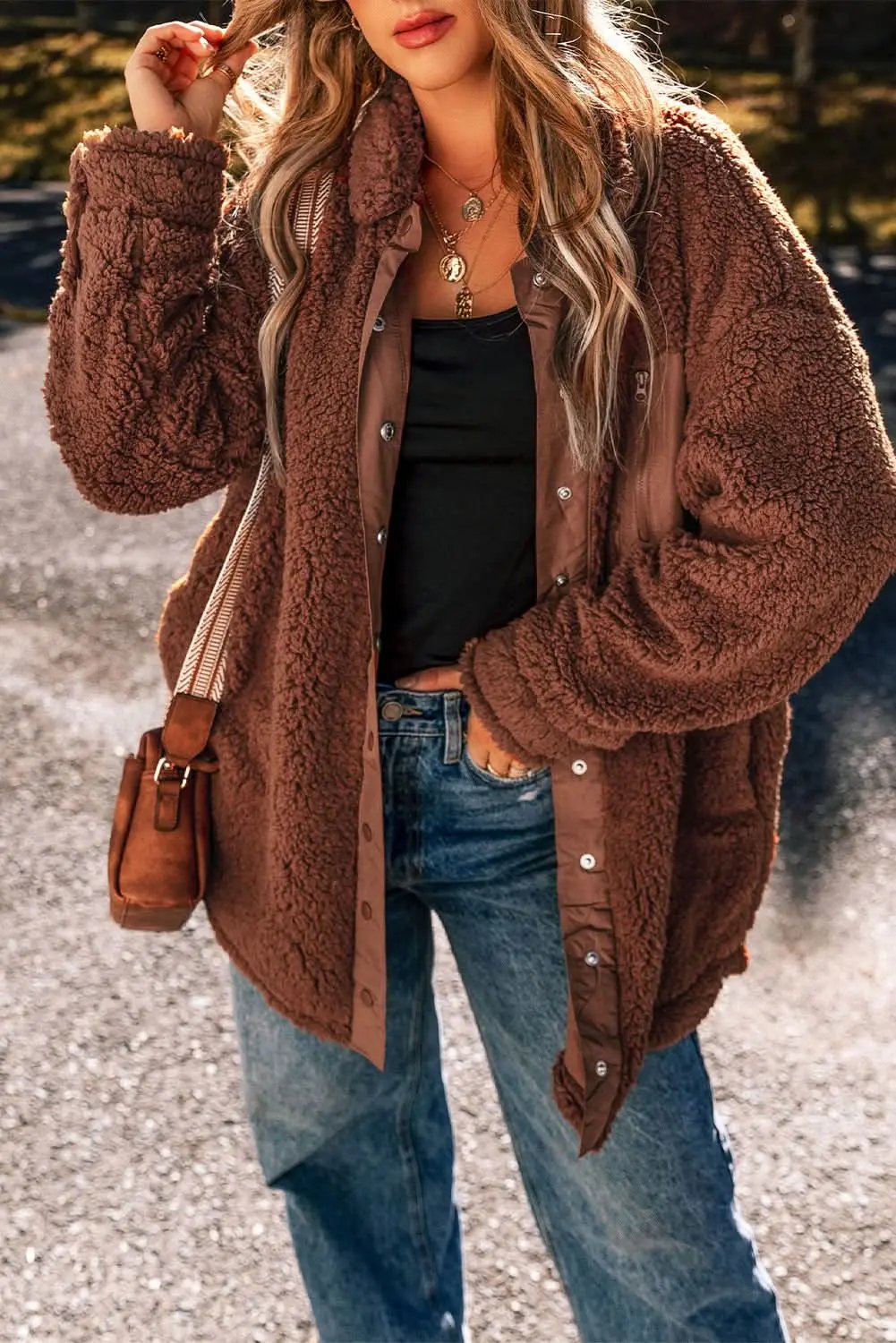Introduction
In 2025, the fashion industry is undergoing a remarkable transformation driven by the twin forces of sustainability and inclusivity. Among the most significant shifts is the evolution of plus-size fashion, which is moving away from conventional paradigms to embrace eco-friendly innovation and body positivity. This comprehensive change is shaping a future where style, environmental responsibility, and representation coalesce to create a more equitable and sustainable industry for all consumers.
The Evolution of Plus-Size Fashion: A New Era Begins
Historically, plus-size fashion faced numerous challenges including limited choices, stigmatization, and lack of sustainable options. However, with the rise of inclusive brands and technological advancements, this sector is now experiencing a renaissance. The growing awareness surrounding environmental issues, combined with demand for greater body diversity, has propelled sustainable innovation to the forefront of plus-size fashion.
Driving Factors Behind the Sustainable Shift
Several interconnected factors are fueling the push towards eco-friendly plus-size fashion:
- Consumer Demand for Inclusivity and Sustainability: Modern consumers, especially younger generations, prioritize brands that align with their values, seeking both inclusive sizing options and environmentally responsible products.
- Environmental Concerns: The fashion industry contributes significantly to pollution and waste. Recognizing this, brands are actively seeking ways to reduce their ecological footprint.
- Technological Advancements: Innovations such as advanced textiles, digital fitting solutions, and sustainable manufacturing processes are enabling brands to develop more eco-conscious and inclusive products.
- Regulatory and Policy Changes: Governments and industry bodies are implementing stricter sustainability standards, encouraging brands to adopt greener practices.
Innovative Materials Powering the Future
At the heart of sustainable plus-size fashion are innovations in materials. Leading brands are now exploring and adopting materials that are eco-friendly, durable, and suitable for diverse body types:
- Recycled and Upcycled Fabrics: Utilizing discarded plastics and textiles to create high-quality fabrics reduces waste and resource consumption.
- Organic and Natural Fibers: Organic cotton, hemp, and bamboo are gaining popularity for their minimal environmental impact and comfort.
- Innovative Sustainable Textiles: Bio-based and lab-grown textiles, such as mushroom leather and lab-cultivated fibers, are emerging as promising eco-friendly options.
Technological Innovations Enhancing Fit and Sustainability
Technology continues to revolutionize how plus-size sustainable fashion is designed, manufactured, and experienced:
- 3D Body Scanning and Custom Fit Solutions: Advanced scanning technology allows for precise measurements, enabling brands to create perfectly fitting garments that reduce returns and waste.
- Sustainable Dyeing Technologies: Waterless dyeing, natural dyes, and digital printing techniques minimize water usage and chemical runoff.
- Artificial Intelligence and Data Analytics: AI assists in trend forecasting, demand prediction, and inventory management, leading to smarter production that minimizes excess.
- Virtual Try-On and Digital Showrooms: Virtual fitting rooms help consumers make informed choices, decreasing unnecessary purchases and returns.
Leading Brands Pioneering Sustainable Plus-Size Fashion
Several brands are setting new standards through sustainable innovation and inclusive sizing:
- Reformation: Known for its focus on sustainable fabrics and eco-conscious production, Reformation offers a broad range of stylish plus-size options.
- Girlfriend Collective: The brand champions recycled materials, transparency, and ethical manufacturing, making it a favorite among eco-conscious consumers.
- Eloquii: With a focus on inclusivity and eco-friendly practices, Eloquii continues to expand its plus-size offerings using sustainable fabrics.
- Universal Standard: Emphasizing size inclusivity and sustainable supply chains, this brand offers premium, eco-friendly plus-size collections.
Emerging Trends Shaping the Future
The future of sustainable plus-size fashion is poised for exciting developments, including:
- Modular and Multi-Functional Clothing: Versatile pieces that can be styled in multiple ways, reducing the need for excess wardrobe items.
- Digital and Virtual Fashion: Virtual wardrobes and digital clothing reduce physical waste and cater to digital aesthetics.
- Community-Driven Sustainability Initiatives: Collaborative efforts involving consumers, designers, and organizations to promote sustainable practices and inclusive representation.
- Open-Source Design and DIY Projects: Empowering consumers to personalize and manufacture their clothing, fostering sustainable home-based production.
The Broader Impact of Sustainable Innovation
This movement towards sustainable, inclusive plus-size fashion is more than just style—it’s a catalyst for social and environmental change. It encourages:
- Greater diversity and representation in mainstream fashion, fostering self-acceptance and confidence.
- Reduced environmental degradation caused by conventional manufacturing methods.
- Economic opportunities for small-scale producers and sustainable startups.
- Long-term value creation through quality, durable clothing designed for longevity.
Conclusion
The year 2025 marks a pivotal point in fashion history, where the convergence of sustainability and inclusivity is transforming the landscape of plus-size fashion. Leveraging innovative materials, cutting-edge technology, and a commitment to ethical practices, brands are crafting a future where style, body positivity, and environmental responsibility coexist harmoniously. As consumers become more conscious and demand more meaningful choices, the industry’s shift towards eco-friendly and inclusive fashion will continue to grow, promising an exciting, sustainable future for all.



